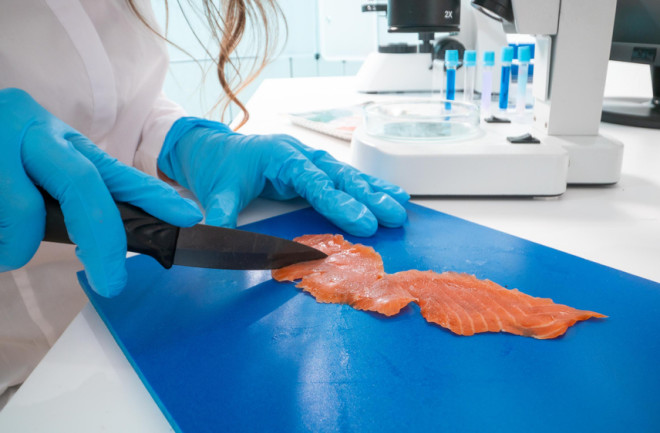As lab-grown beef patties and chicken tenders cruise through development, it makes sense that companies are trying to grow another animal protein, one Americans have been hauling out of the oceans in increasing volumes: Seafood.
Startups around the world are coaxing fillets of salmon, tuna and more out of their labs. The protocol follows the same basic blueprint other companies use to grow beef or chicken. Scientists extract cells from their target species and give them the hormones, proteins and nutrients needed to multiply. As the cells grow and differentiate in a bioreactor supplying ideal conditions, the flesh spreads out over a scaffold until, ta da — the fillet in its desired shape and form materializes. What distinguishes lab-grown seafood from lab-grown meat appears in the nitty gritty details of how the lab operates, as well as the reasons companies think their products will hold any appeal.

